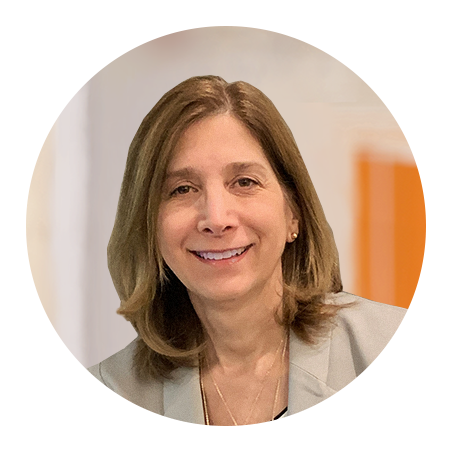Maintaining a cash reserve is key to an organization’s financial strategy. But don’t let too much excess cash just sit there — use it to invest in your mission.
Investing isn’t something that most people consider themselves experts in. For many of us, making investment decisions is usually tied to distinct moments in our lives, like buying a home or saving for retirement.
For nonprofit leaders, investing isn’t just focused on a singular event. For every investment decision they make, they must ensure that it’s in service of advancing their organization’s mission.
Luckily, with positive trends in giving and market forces driving up interest rates, now is a great time to have a conversation about your organization’s investment strategy. Because, while having excess cash on hand sounds positive, keeping too much cash in a low-interest checking or savings account can hurt your organization in the long run. Why not make your reserves work harder for you?
If your nonprofit is looking to update your investment policy or if you don’t yet have one, here are some best practices and areas for boards and finance leaders to consider.
Start with Your Reserves Policy
Before setting your investment strategy, you need to know how much money you have to invest. This will depend on your organization’s reserves policy.
It’s important to set your reserves threshold because it helps guide the board in making routine assessments and decisions. They don’t have to guess when they should be saving versus investing.
As my colleague Jan McDaid, a Partner at Han Group, has written, organizations should set their reserves goals based on their unique cash flow and expenses each month. We recommend that clients always have three to six months of operating costs in your cash reserves. This can be in a checking or savings account or in another easily accessible account like a high yield money market account.
It’s important to set your reserves threshold because it helps guide the board in making routine assessments and decisions. They don’t have to guess when they should be saving versus investing. It’s clearly written in the policy.
Understand Key Investment Terminology
As you explore investing options, be sure you have clarity on the meaning of key terms and concepts, such as “cash reserves,” before making decisions. Other terms can refer to the types of investment products, including:
- Money market accounts: Liquid savings accounts with higher interest rates.
- CDs: Certificates of deposit that lock in interest rates for fixed periods, generally with an agreement that you keep your money in them for a set period of time; watch out for penalties for withdrawing early.
- Mutual funds: A fund that pools money from many investors in order to invest in securities such as stocks and bonds. You essentially buy shares in an investment portfolio.
Define Clear Roles and Responsibilities
Once you’ve set your reserves policy and have identified the pool of money you want to invest, it’s up to the board to define overarching investment policies and guidelines, including setting socially responsible investment parameters.
When it comes to making actual investment recommendations, that job falls to the finance committee. They will evaluate investment products for risk-return tradeoffs and any costs or restrictions, such as rules for withdrawal.
Ideally if your organization anticipates maintaining an investment portfolio, the board may decide to appoint an investment committee that would monitor performance and make recommendations based on the markets or economic indicators.
Once the board sets the strategy, it is now up to nonprofit management, namely the CEO and CFO, to implement.
Consider External Expertise
You may need to partner with external experts or bring an expert onto the finance committee. The financial institution that your nonprofit does business with may also provide guidance or even have an example investment policy. The finance committee may even invite them to a board meeting once a year to talk about the policy and answer questions.
Set Regular Reviews
Aside from outlining financial thresholds, risk tolerances, and social responsibility parameters, the finance or investment committee should establish a cadence for reviewing the investments’ performance. At minimum, they should provide an annual report to the board.
Reach out to Han Group
Investing excess reserves can be a complex undertaking for most organizations. From assessing current policies to researching options to updating governance procedures, there are many factors to weigh.
At Han Group, we’re dedicated to helping nonprofits achieve their financial goals. We understand their unique challenges, from getting buy-in from the board and establishing suitable policies and procedures to proper accounting for investment transactions. We help our clients navigate the waters of internal controls and accounting related to investments as they endeavor to ensure their dollars are working to support their mission now and in the future.
If you have questions around investing reserves or strengthening your organization’s accounting practices, please reach out to us!


